In 1958, I spent all the money I’d saved from my summer job — $180 — to buy a used Nikon S2 with a 50mm f/2 Nikkor-H lens. I still have the camera, although it has been relegated to the status of ornament since I decommissioned my darkroom. I still have the lens, which has until recently been serving to keep dust out of the camera.
This is not a scarce, rare, expensive lens. You can find them routinely on eBay for around $200.
I also have a Leica 50mm f/1.4 Summilux ASPH, purchased new about seven years ago. This lens is a classic.
Neither lens was designed for the sensor stack thickness of the Sony alpha 7 Mark II (aka the a7II). In fact, they were both designed for film, or for a sensor stack thickness of nil. Both lenses, therefore, struggle a bit on the camera.
Here are both lenses on their intended (recently-intended in the case of the ‘lux) bodies:
The relatively short length of the Nikkor foreshadows possible corner problems, even more than the ones wi already know about for the Summilux. The helicoid for the short Nikon S lenses is in the camera. That means that any adapter to the Sony E-mount has to have a helicoid, or you can’t focus the lens. On the S2 in the picture, you can focus the lens by twisting it, or you can focus with your index finger on the little wheel in front of the shutter release. When the lens is mounted on a Sony alpha 7, you only have the lens-twisting option. It’s sort of a pity, since the little wheel makes it easier to hold the camera steady.
Next to the honey-dipped focusing action and crisp f-stop detents on the Summilux, the Nikkor feels delicate.
It’s interesting to see how cameras have changed in 50+ years.
- We don’t use flashbulbs any more, so the synch dial on the S2 looks strange.
- We don’t have to rewind film, so the rewind knob and the advance/rewind collar around the shutter release is now unnecessary.
- There’s a single shutter speed dial on the M9, a welcome simplification over the two-part prone-to-operator-error dial on the S2.
- Of course, there’s no film advance required now, so we don’t have the exquisitely-crafted thumb lever that we see on the Nikon.
- The Nikon lens mount has an infinity lock that you can release with your index finger when you start to focus. There is no such nicety on the Leica.
- The Nikon has both a hot shoe and a PC connector. The Leica makes do with just the shoe.
- The Nikon doesn’t have a light meter, or any automatic exposure options.
- The Leica weighs more, and is thicker.
The first thing you worry about with lenses designed for rangefinder film cameras is light falloff. I ran a test with all the common whole f-stops of both cameras, using an Expodisc as a diffuser. I have not corrected the color differences between the lenses.
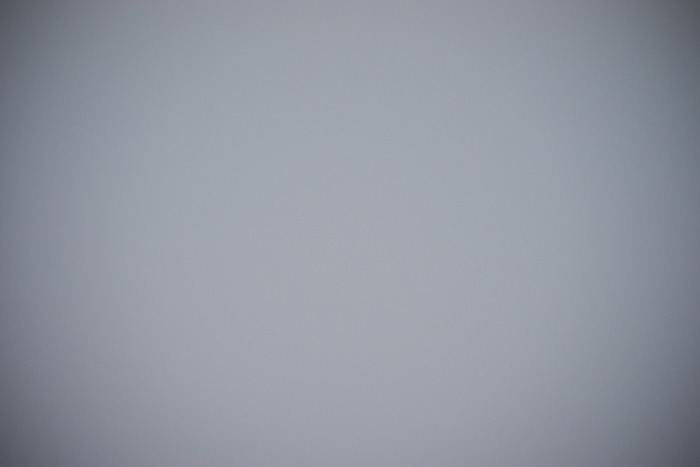

The Nikkor vignettes more.
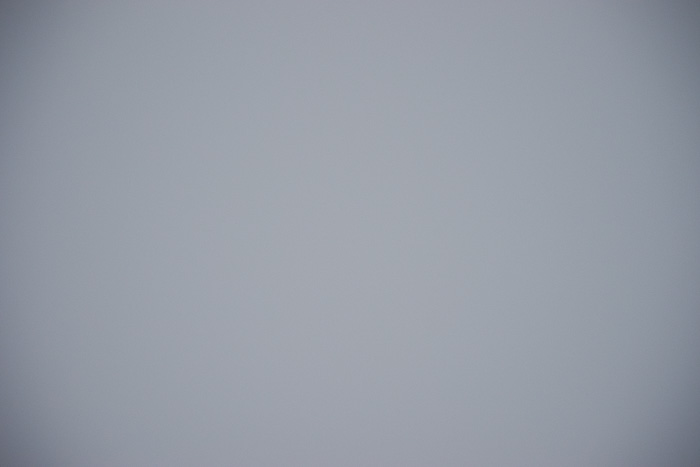
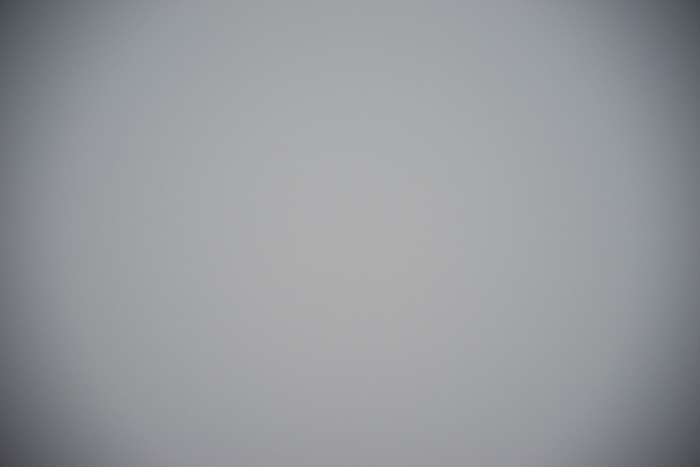
The difference is smaller at f/2.8.
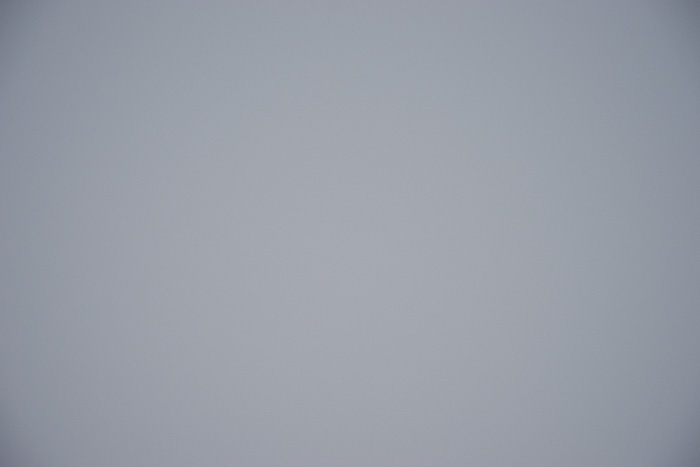

The Nikkor corners remain a little darker.


Still some difference.
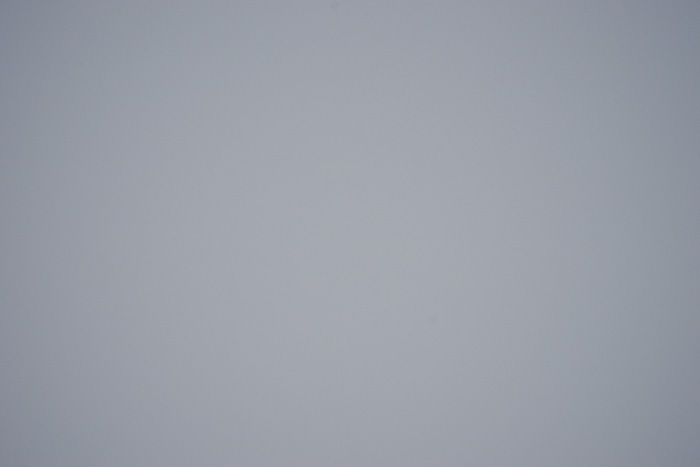
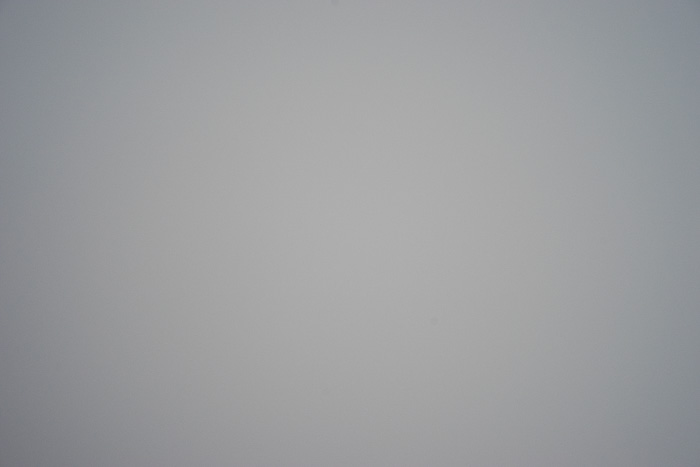
Almost the same.
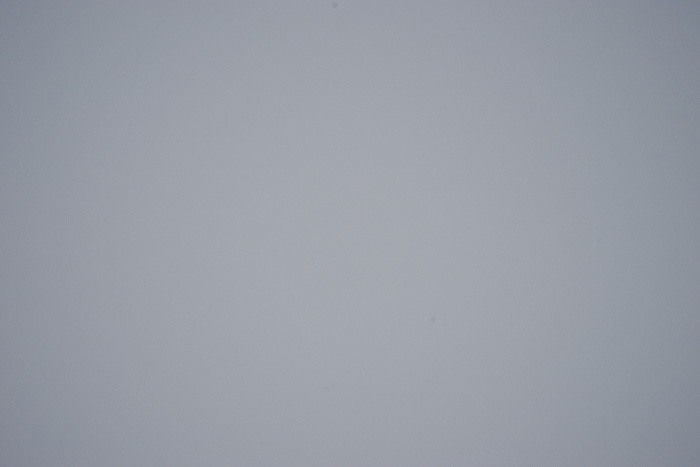
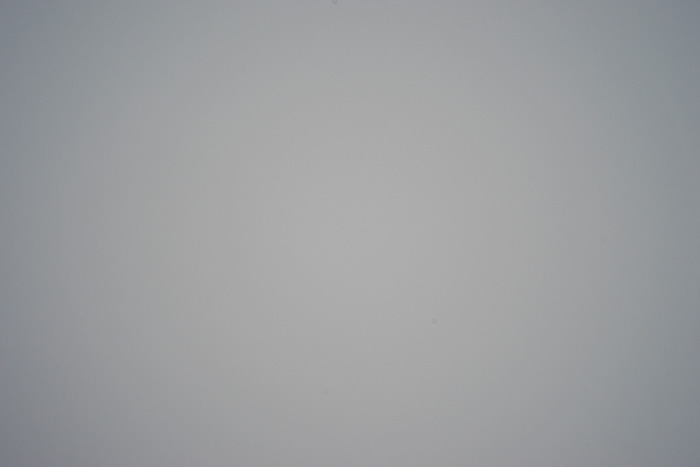
Not quite the same, but real close.
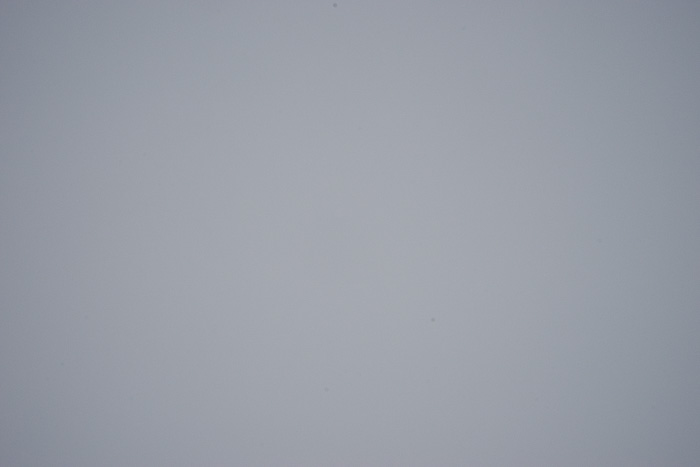
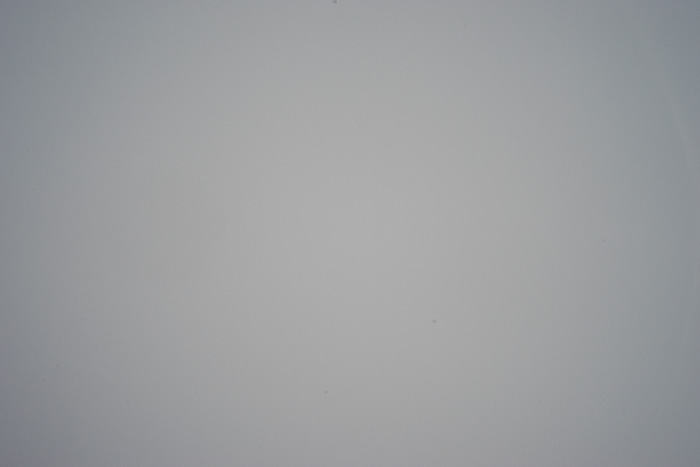
I call that a wash. Note that corner color casting does not appear to be a problem with either lens.
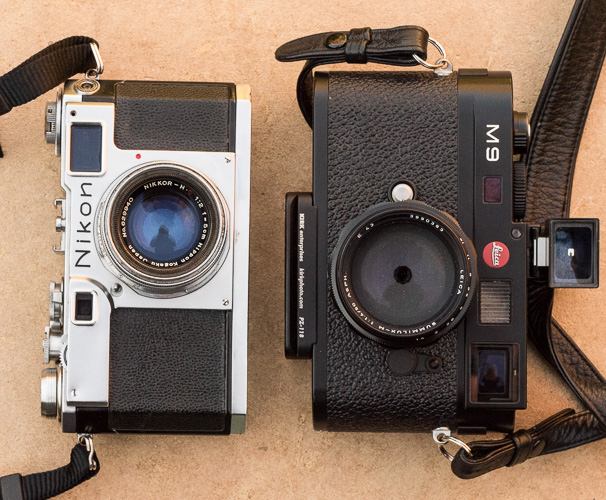
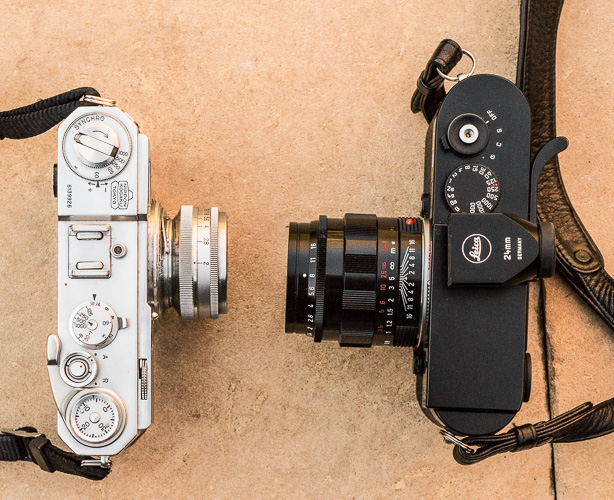
Leave a Reply